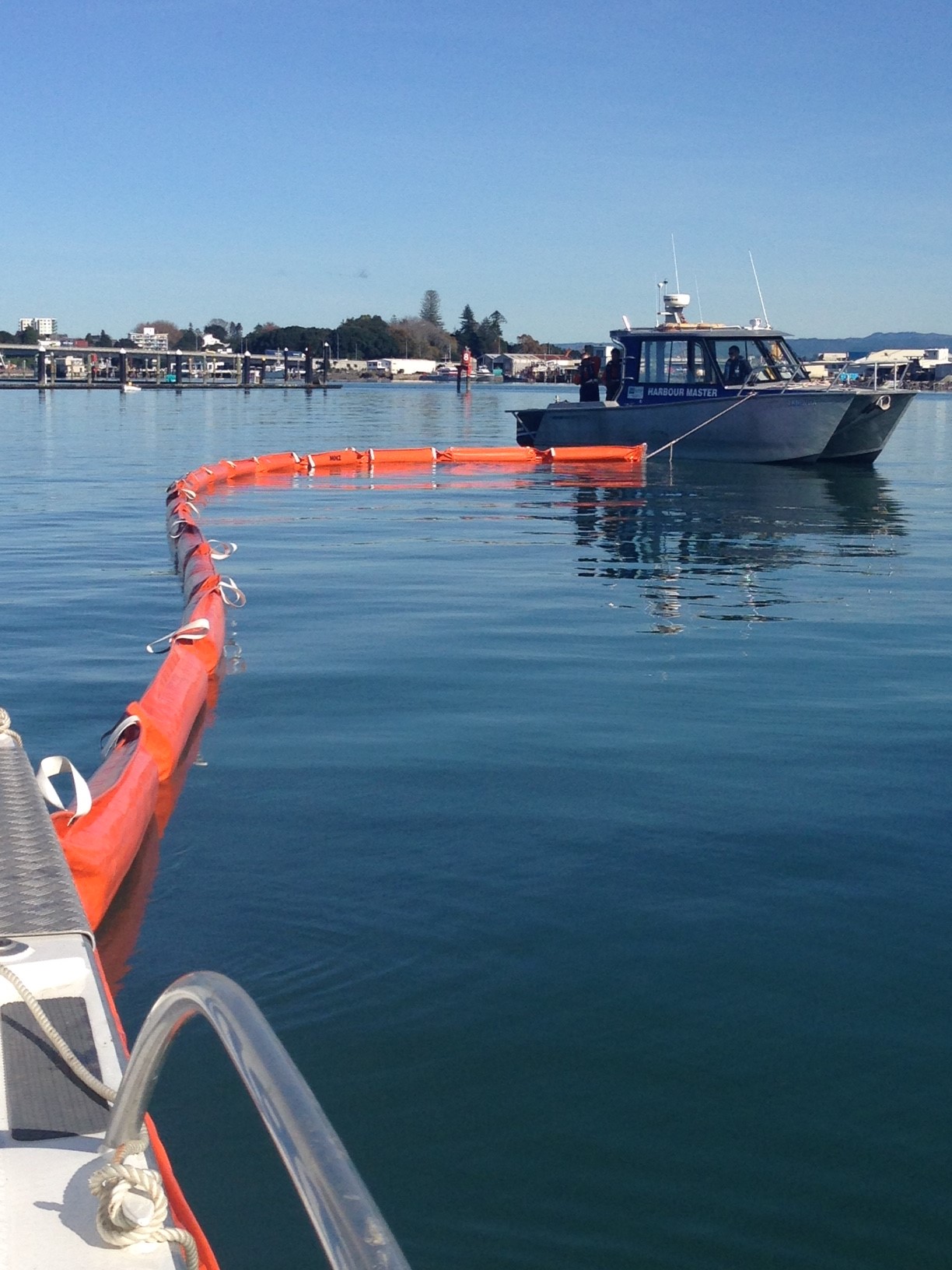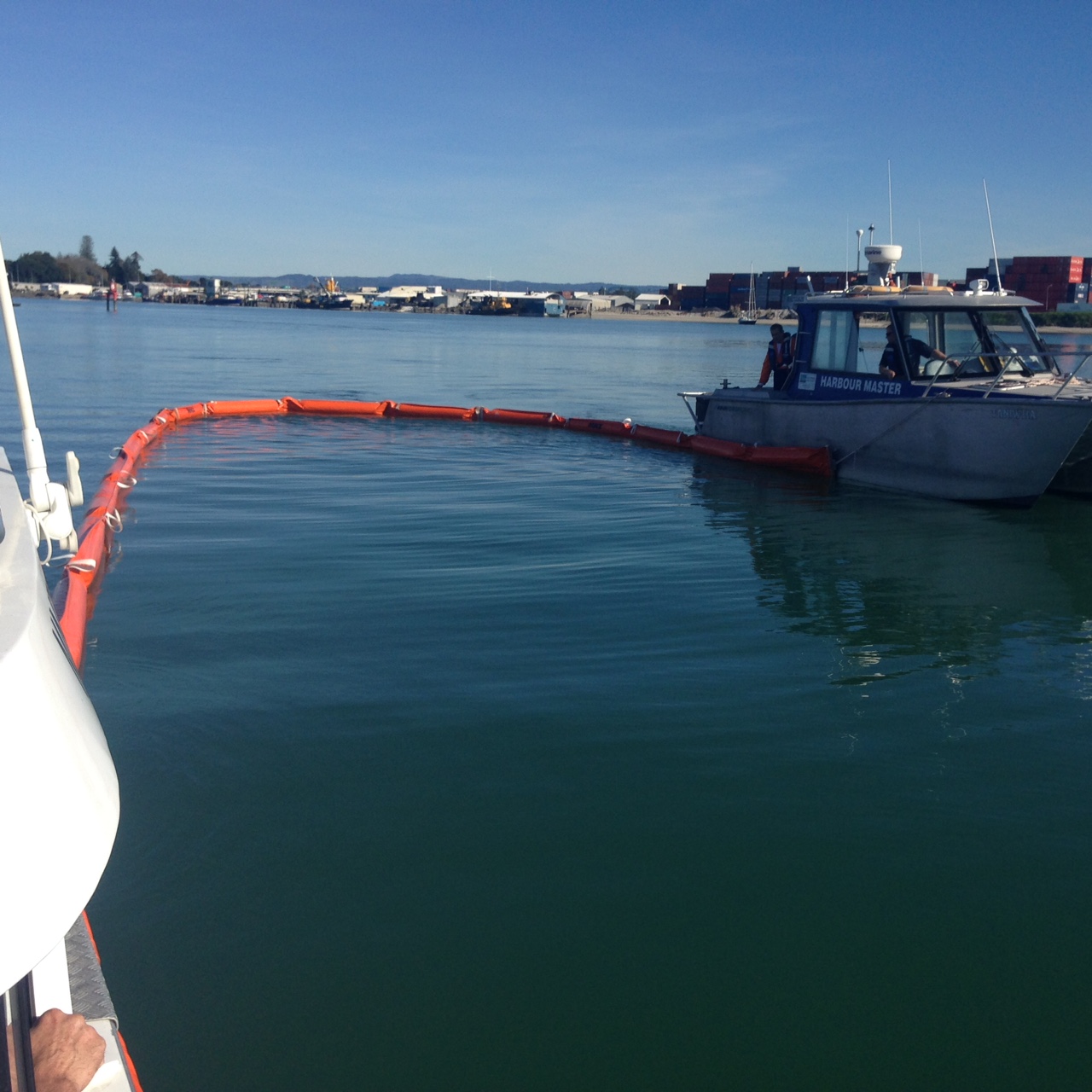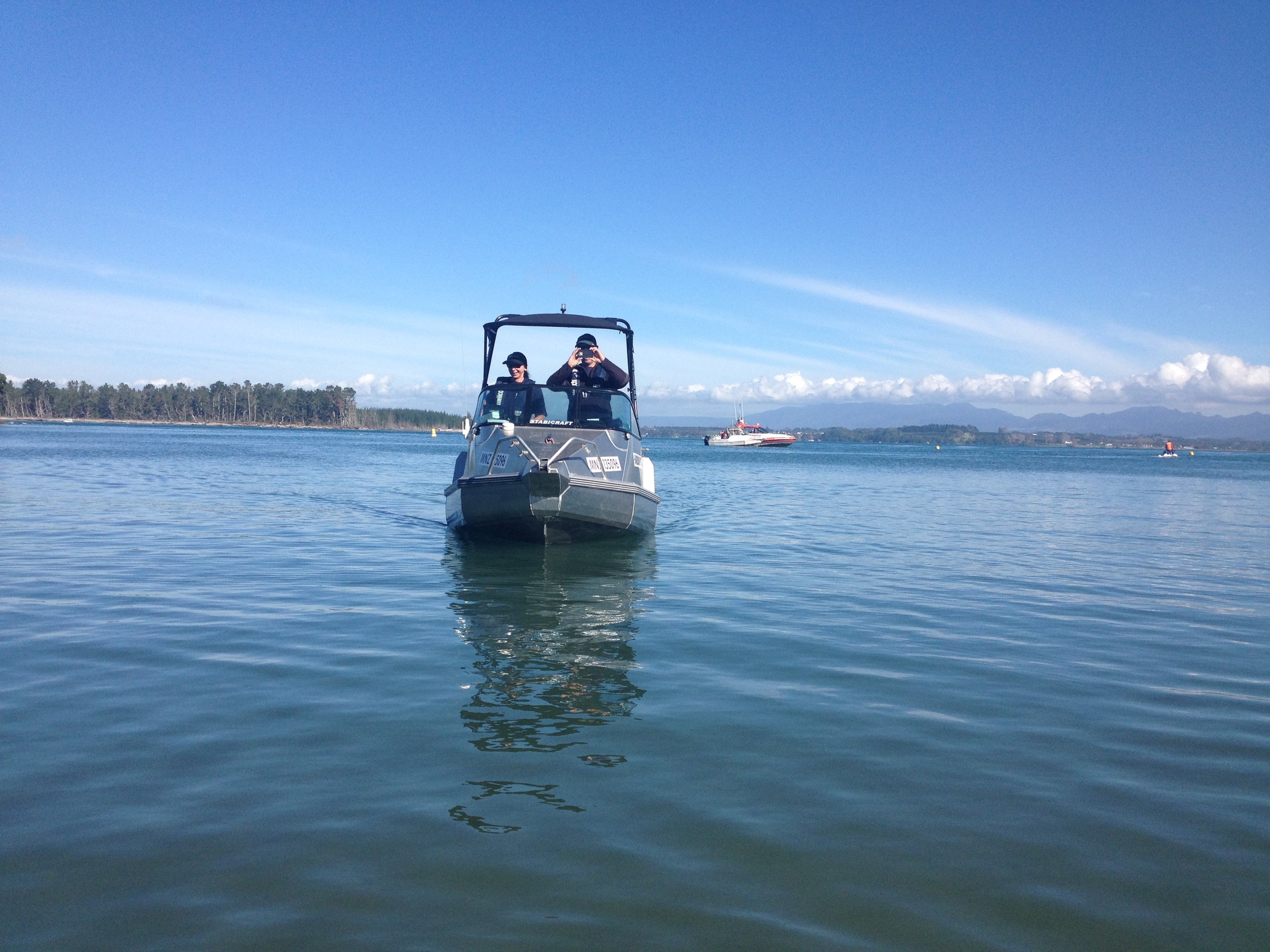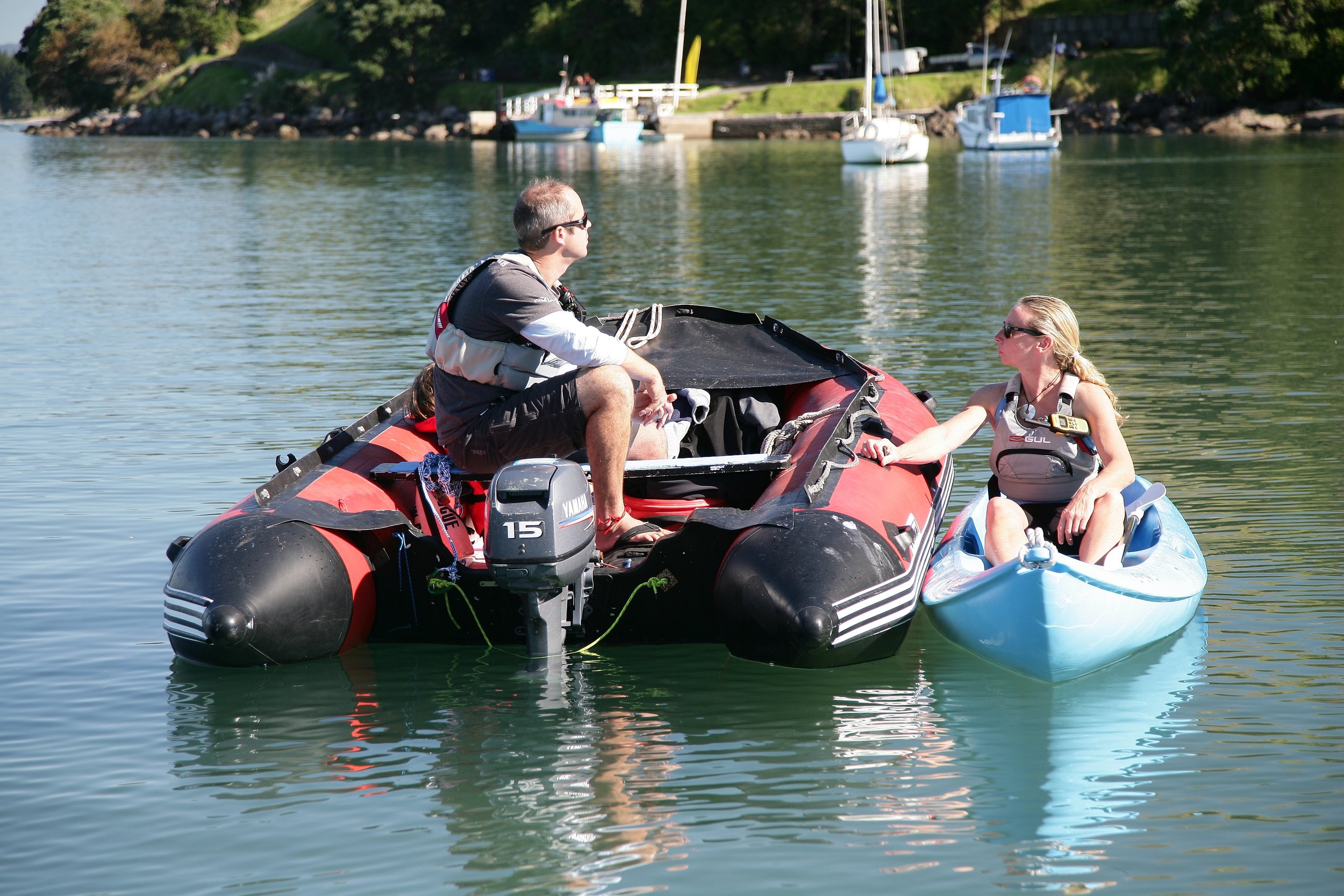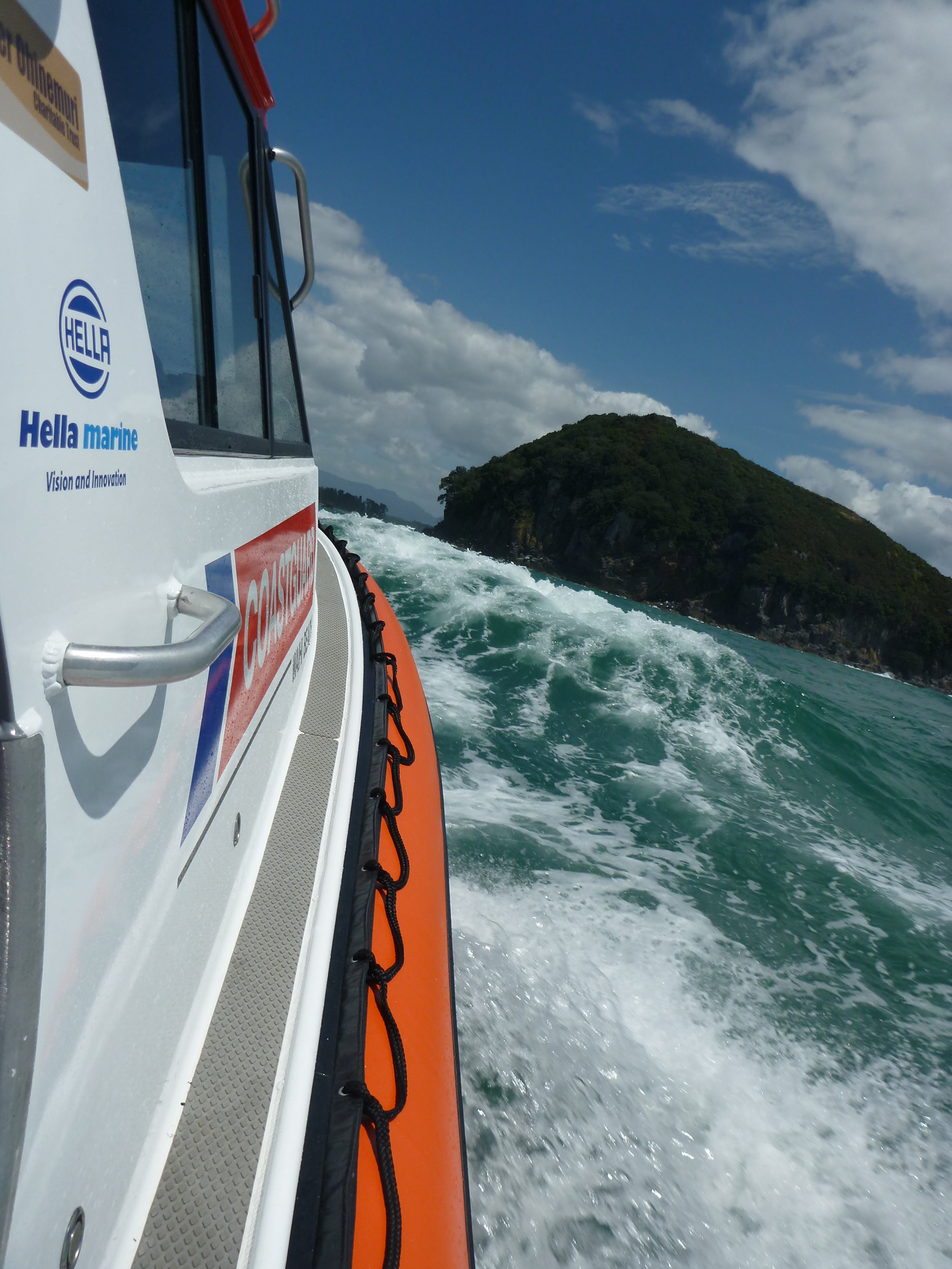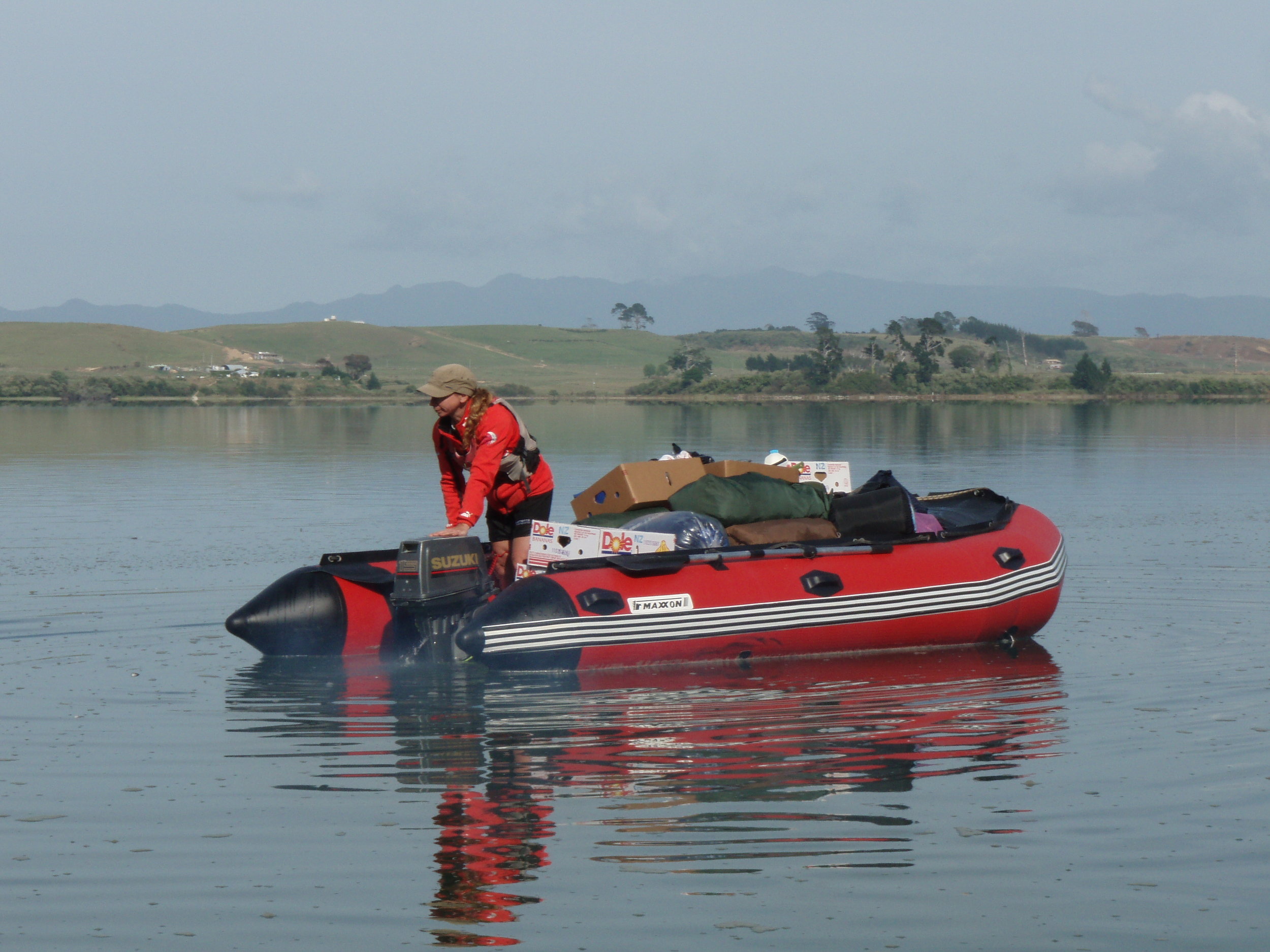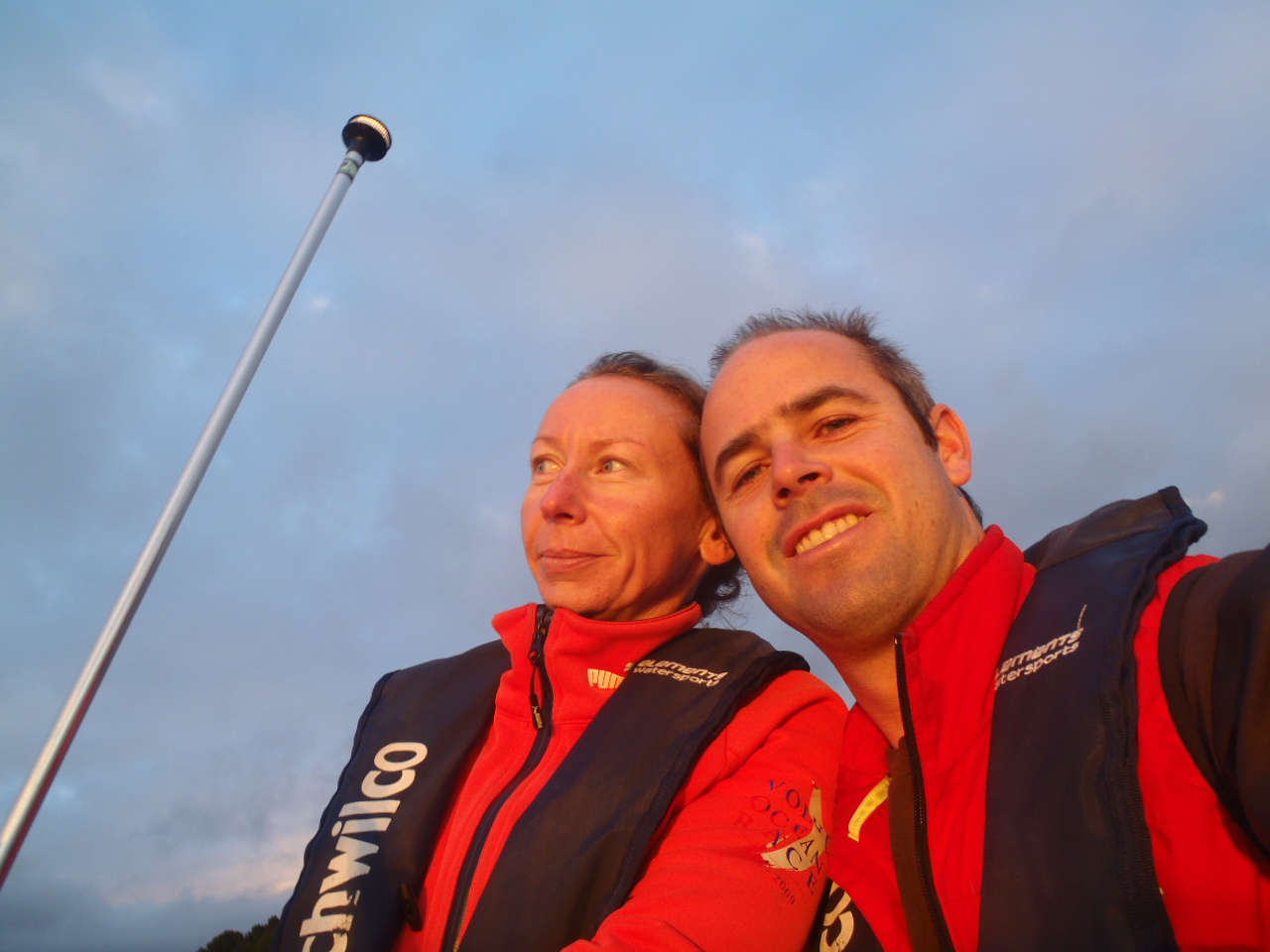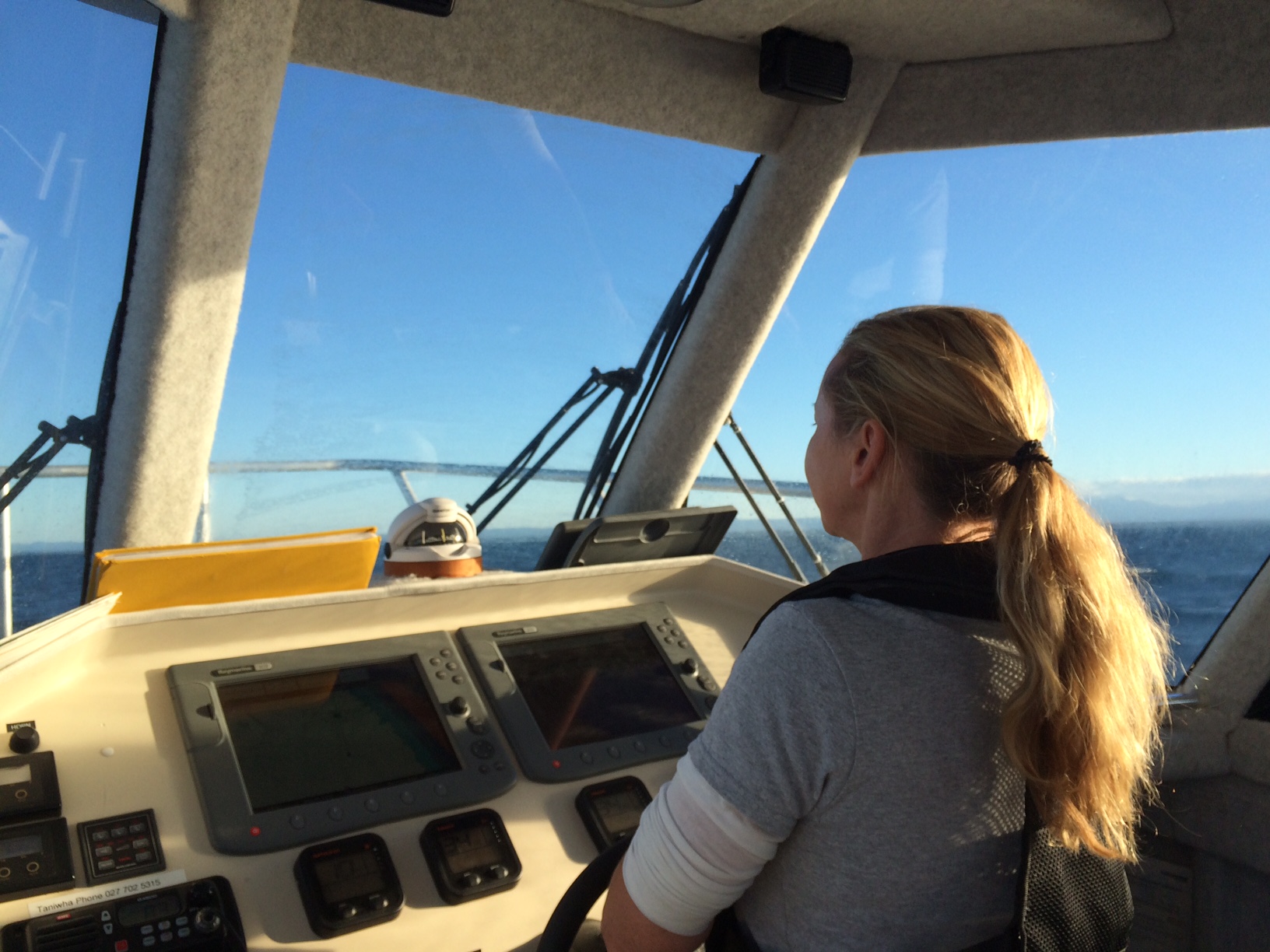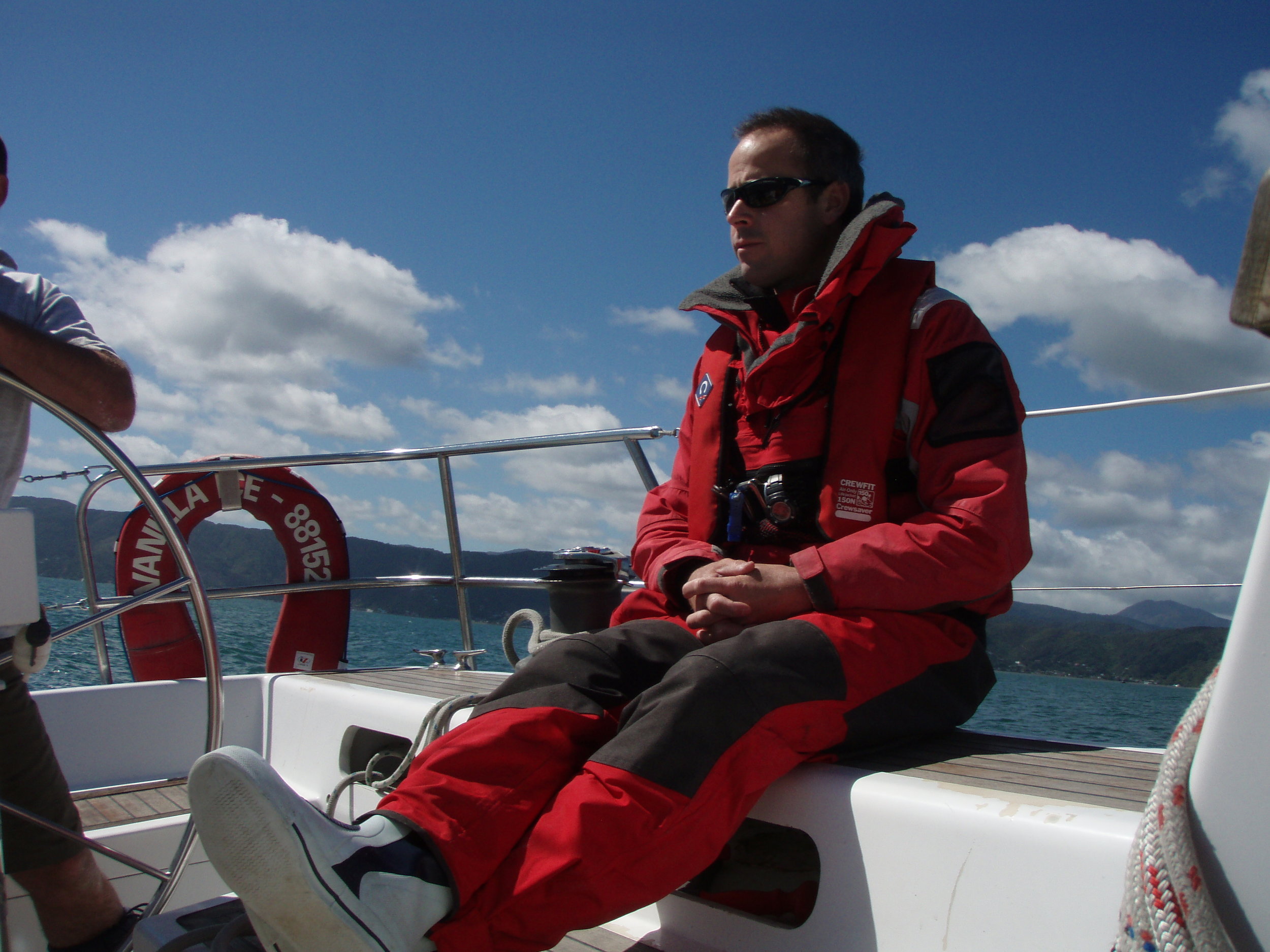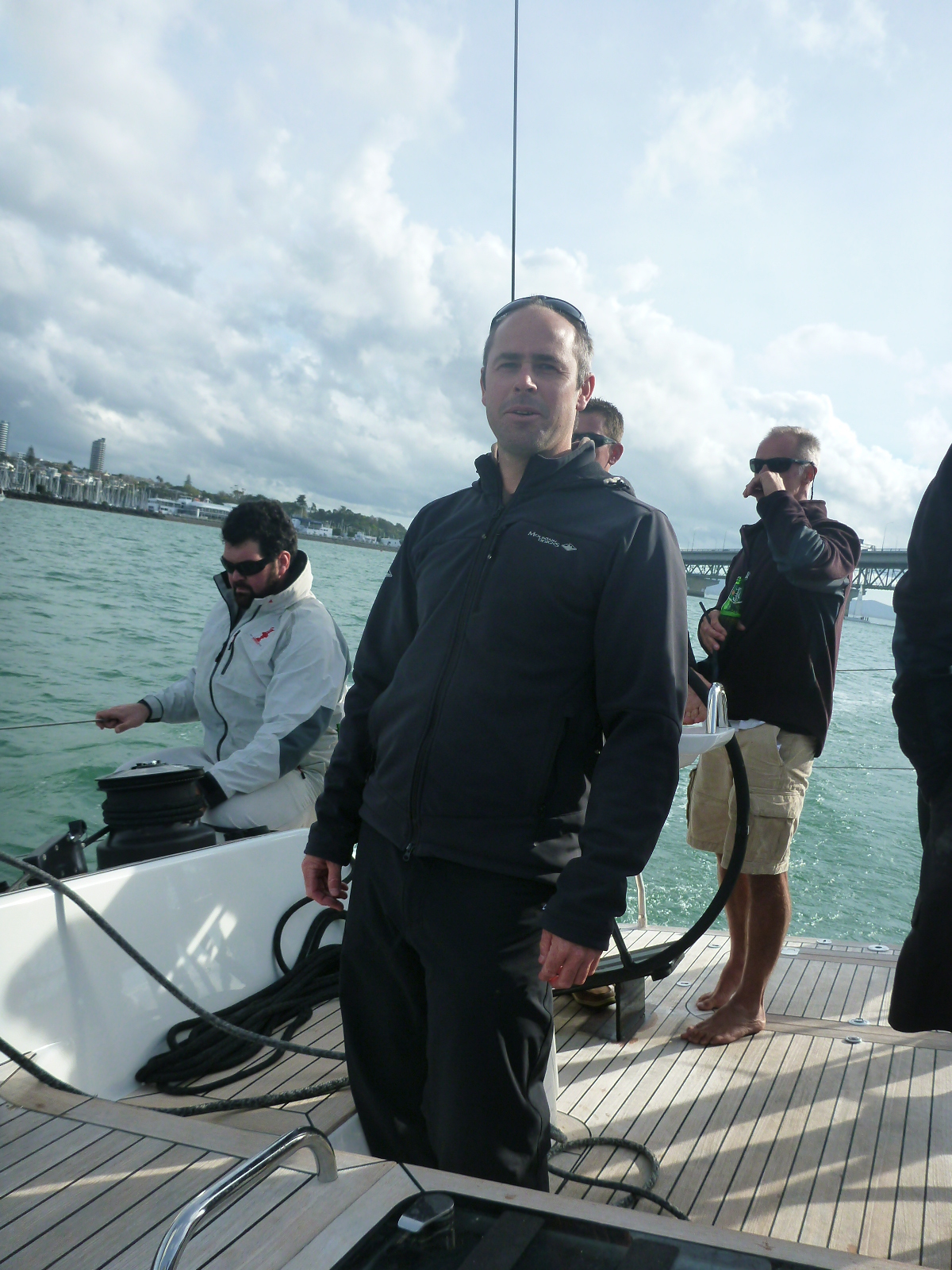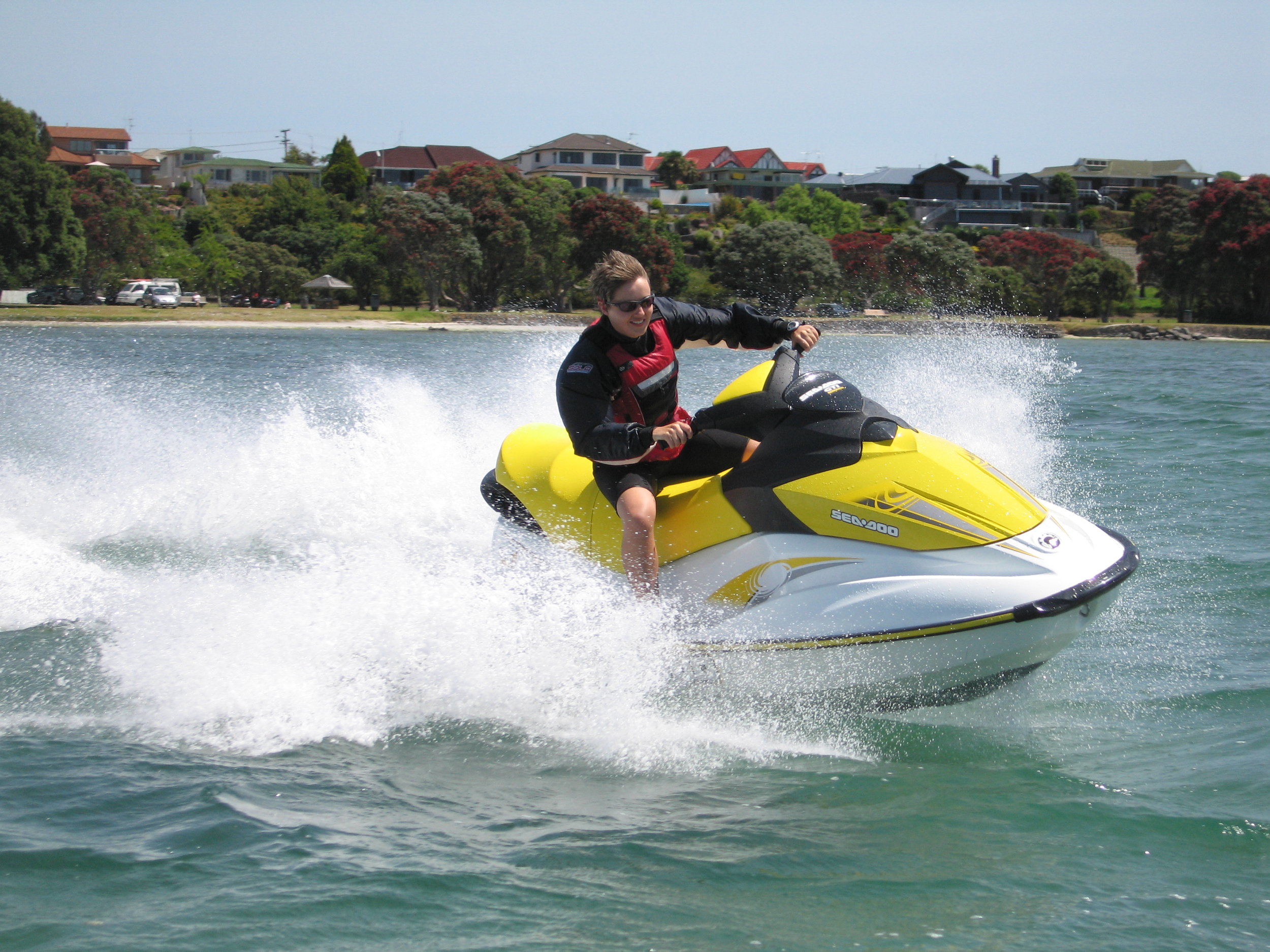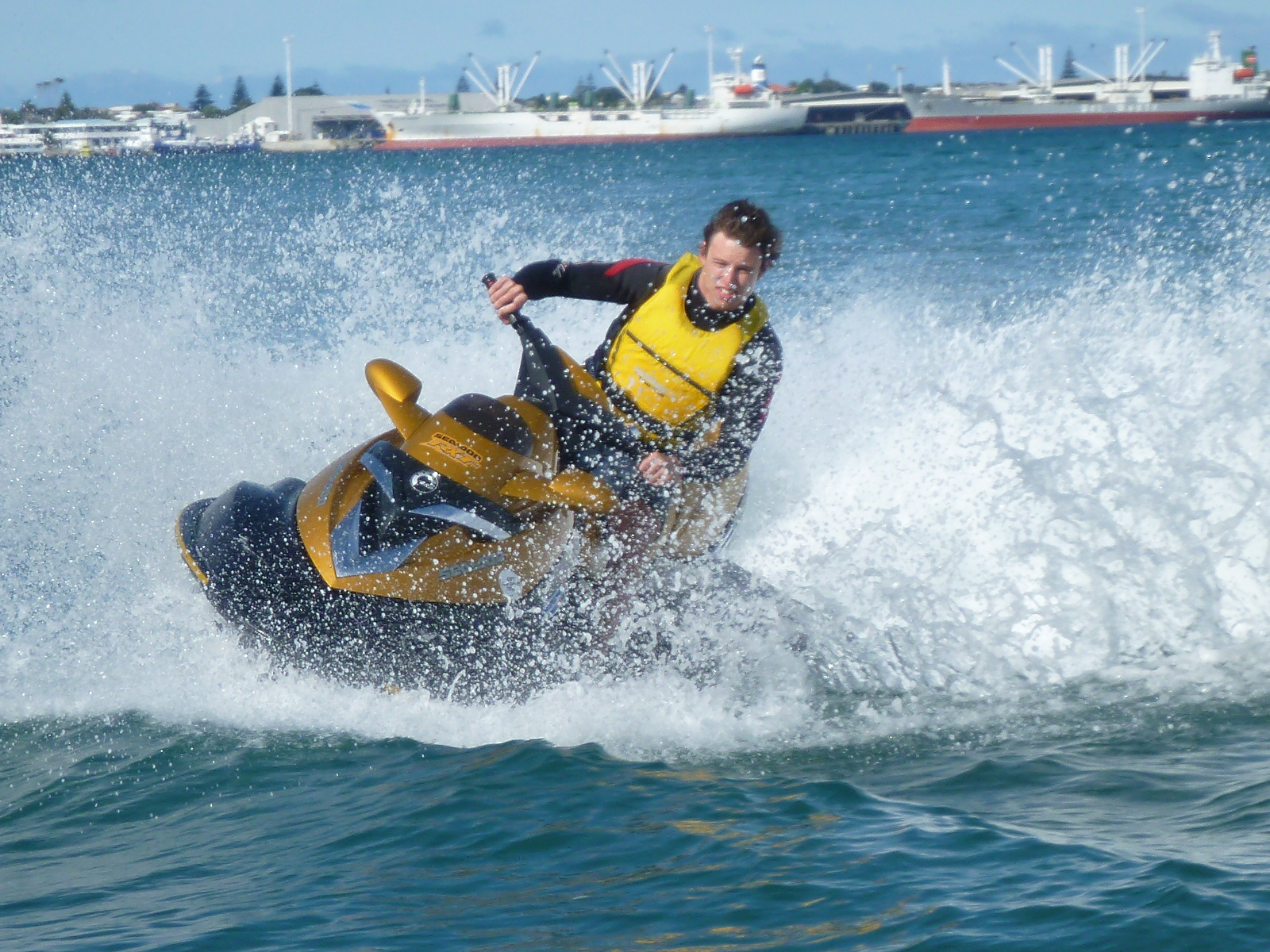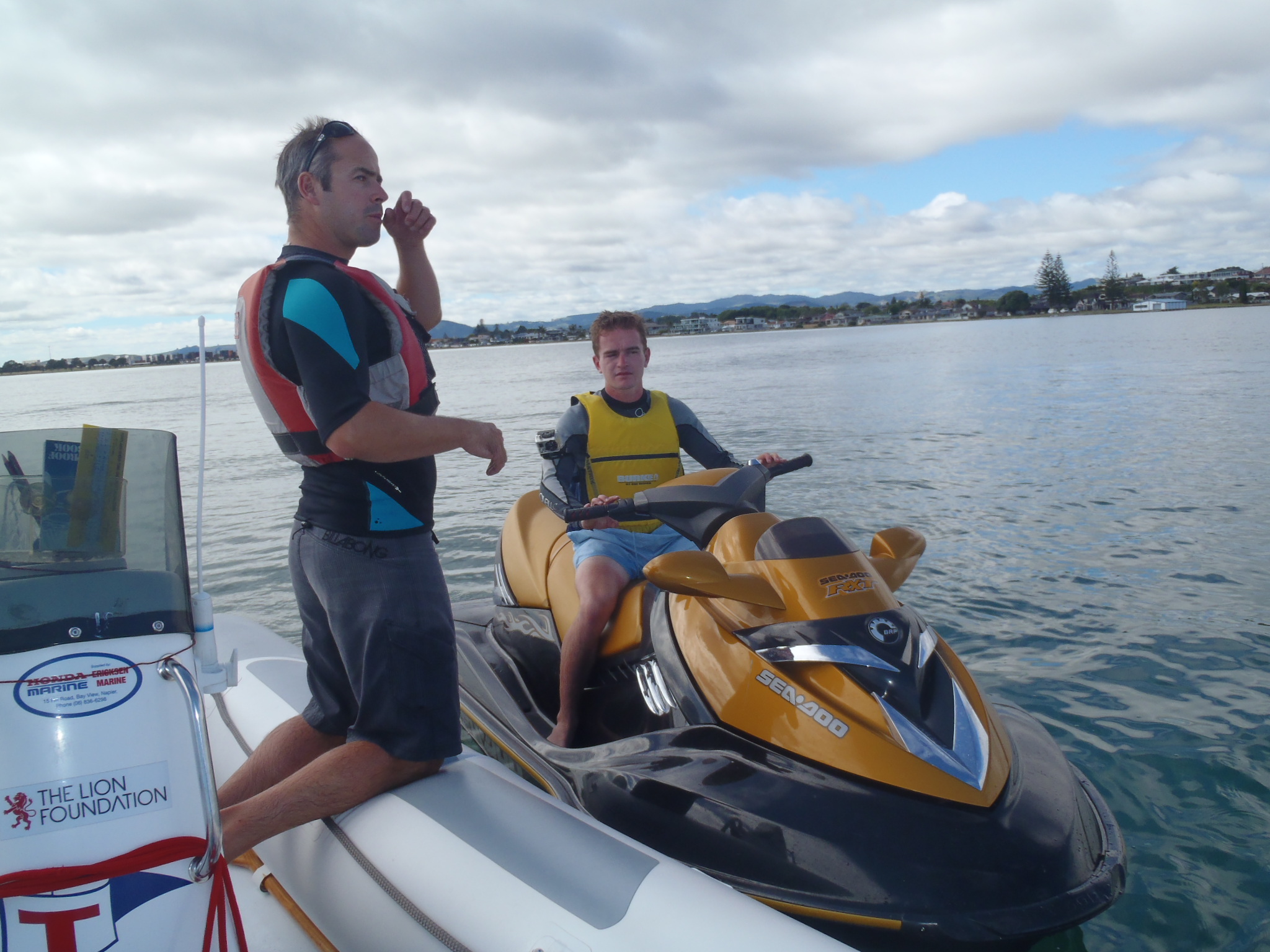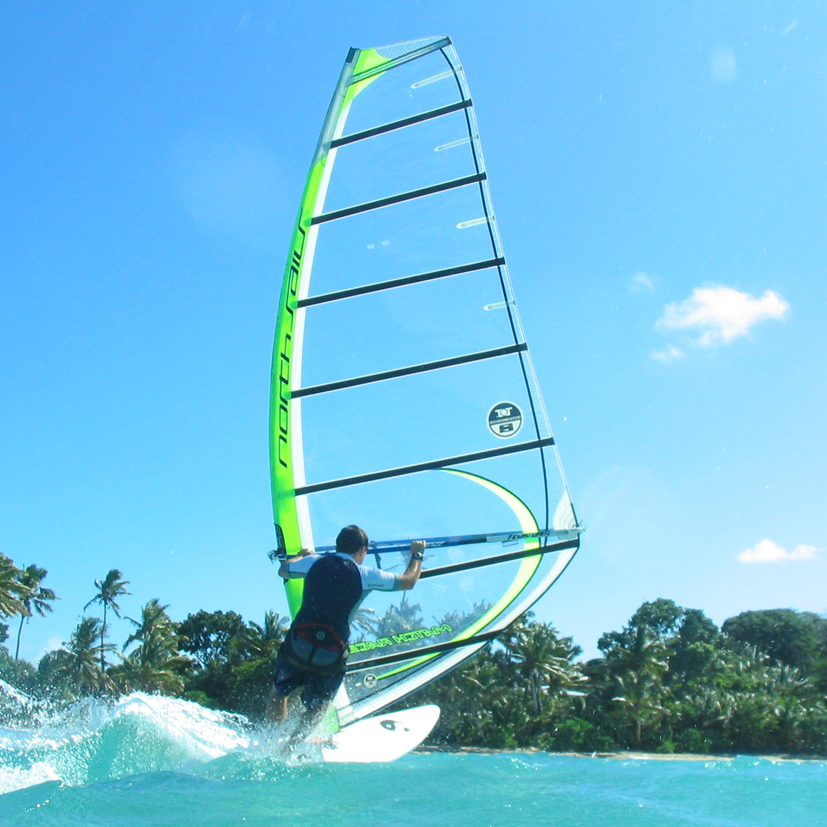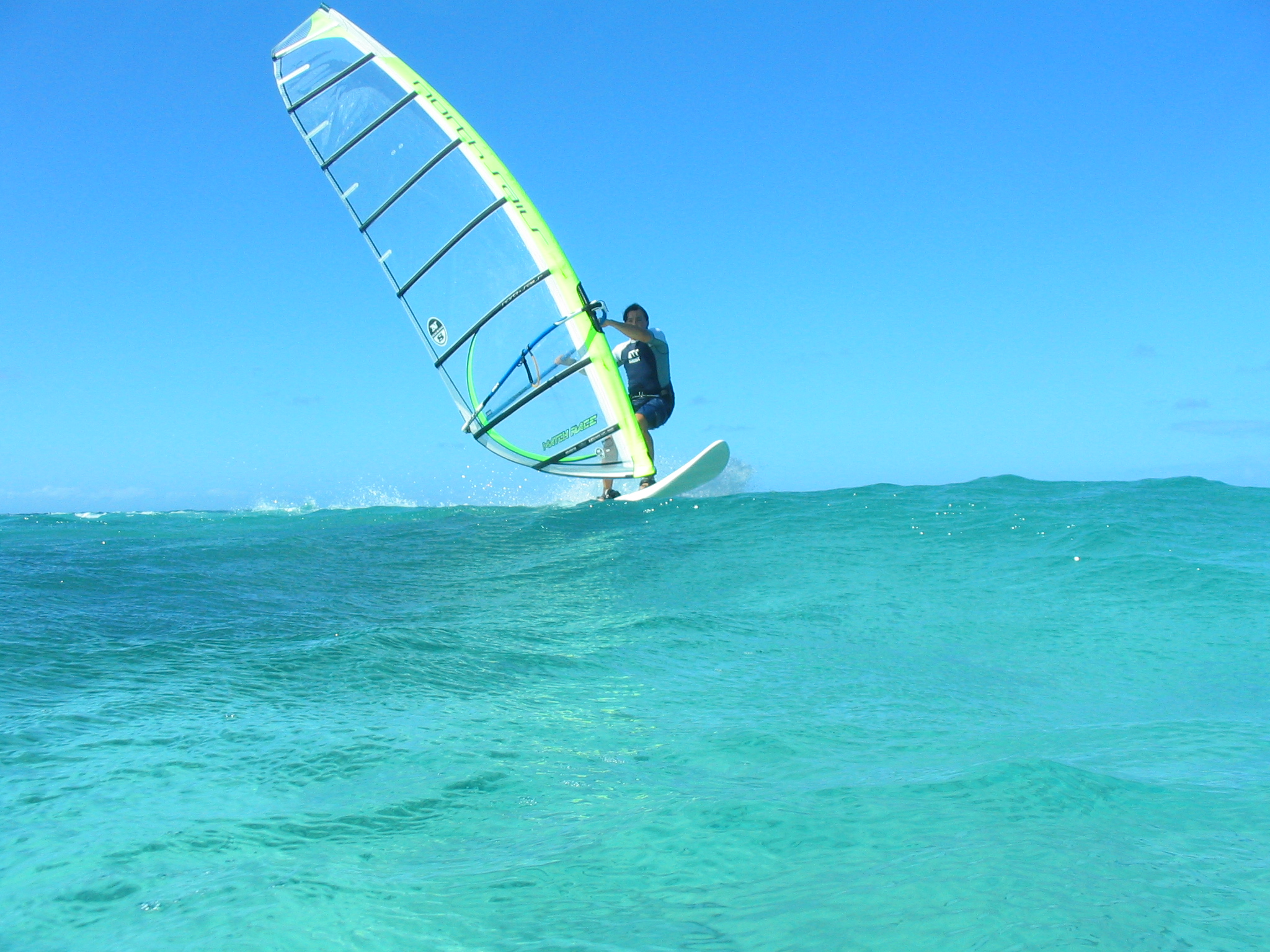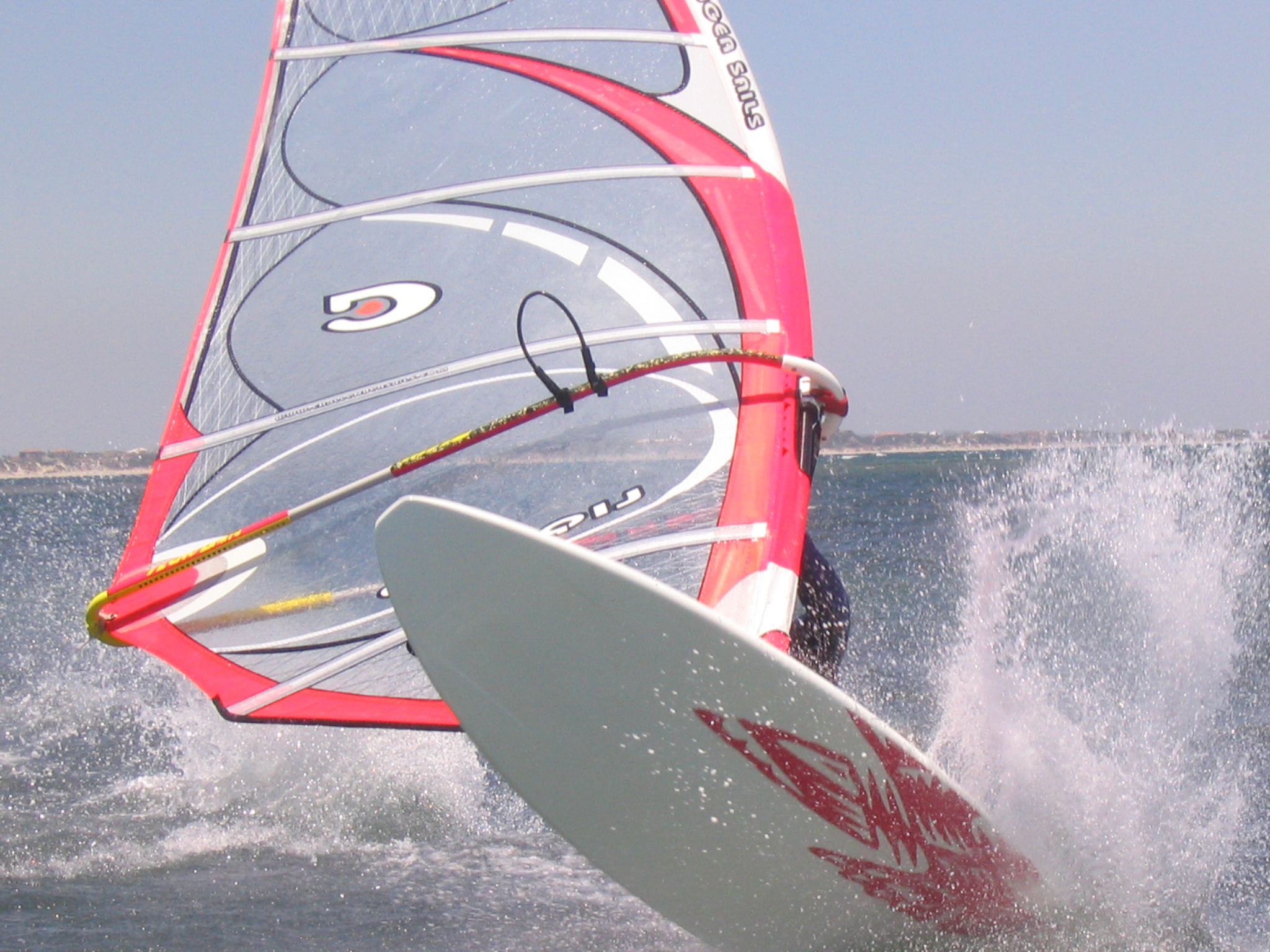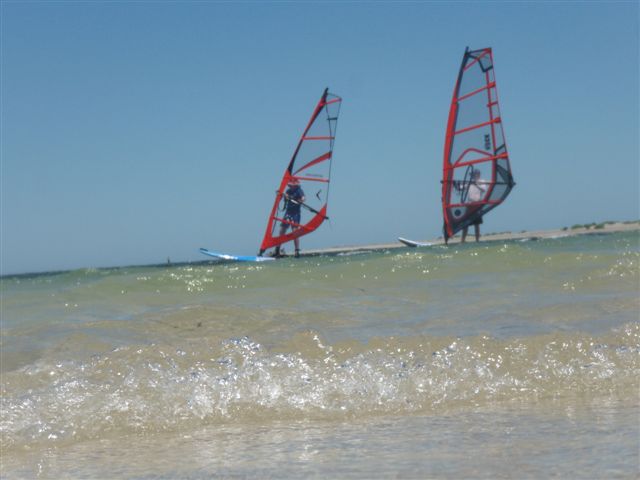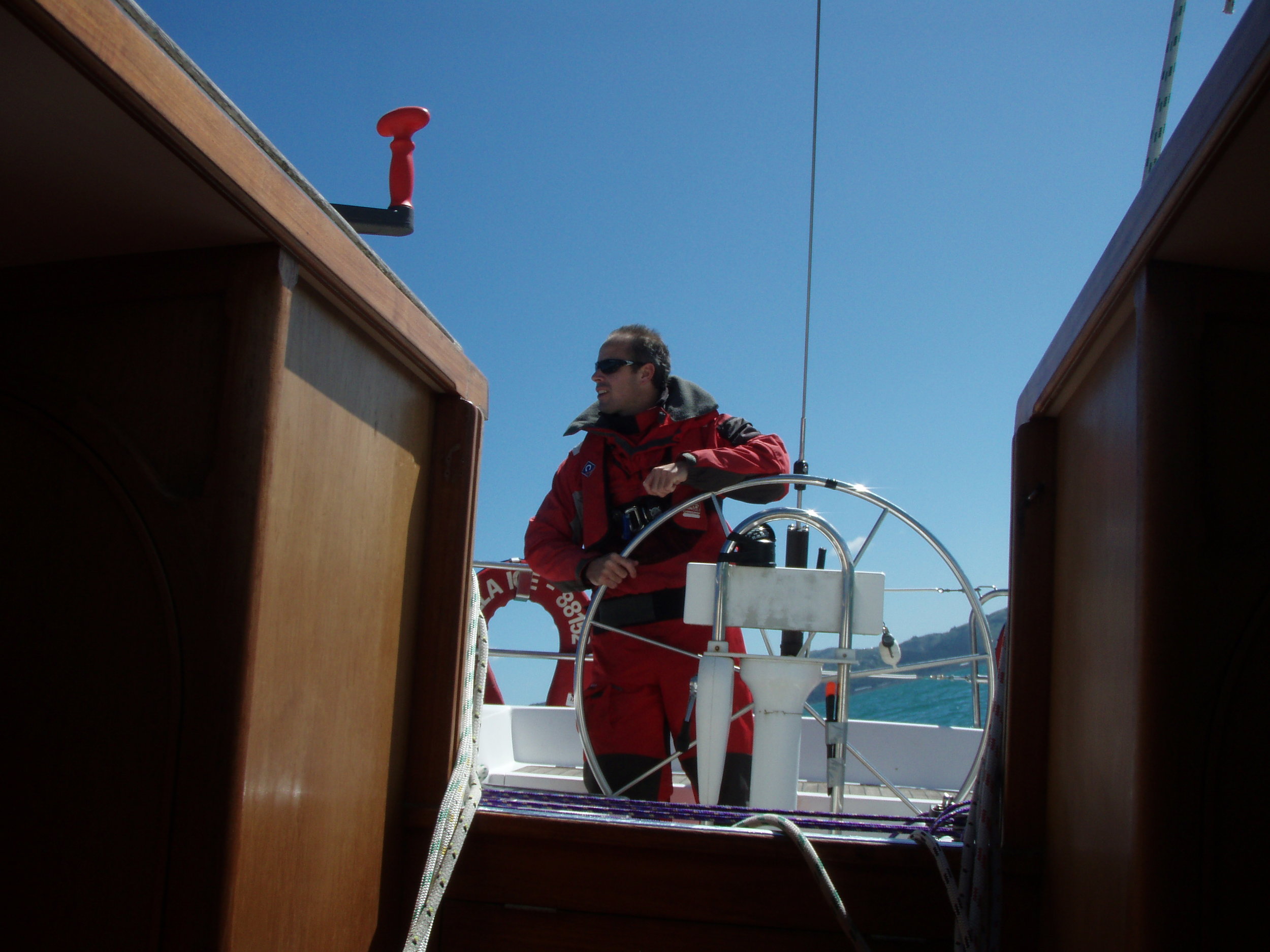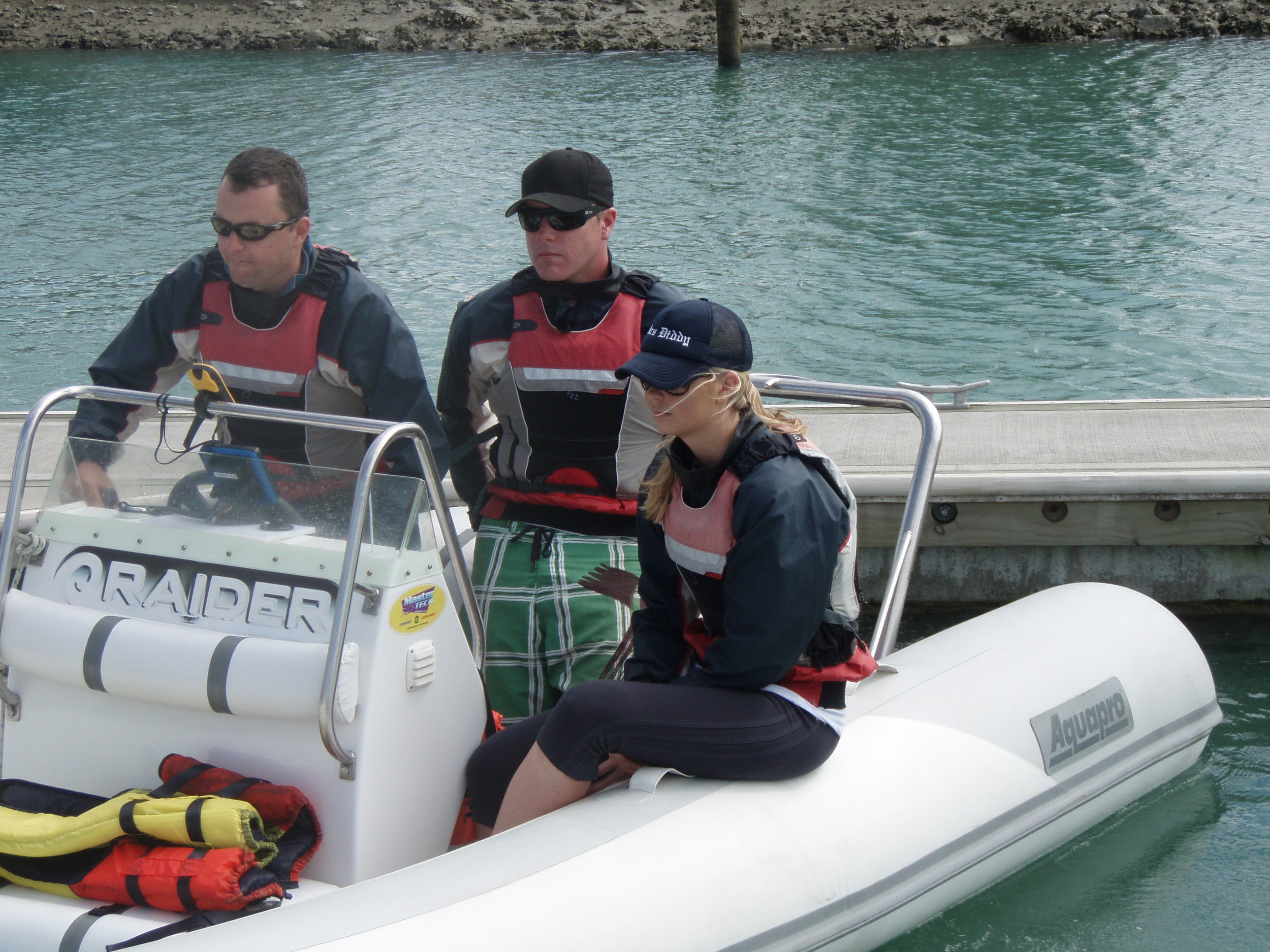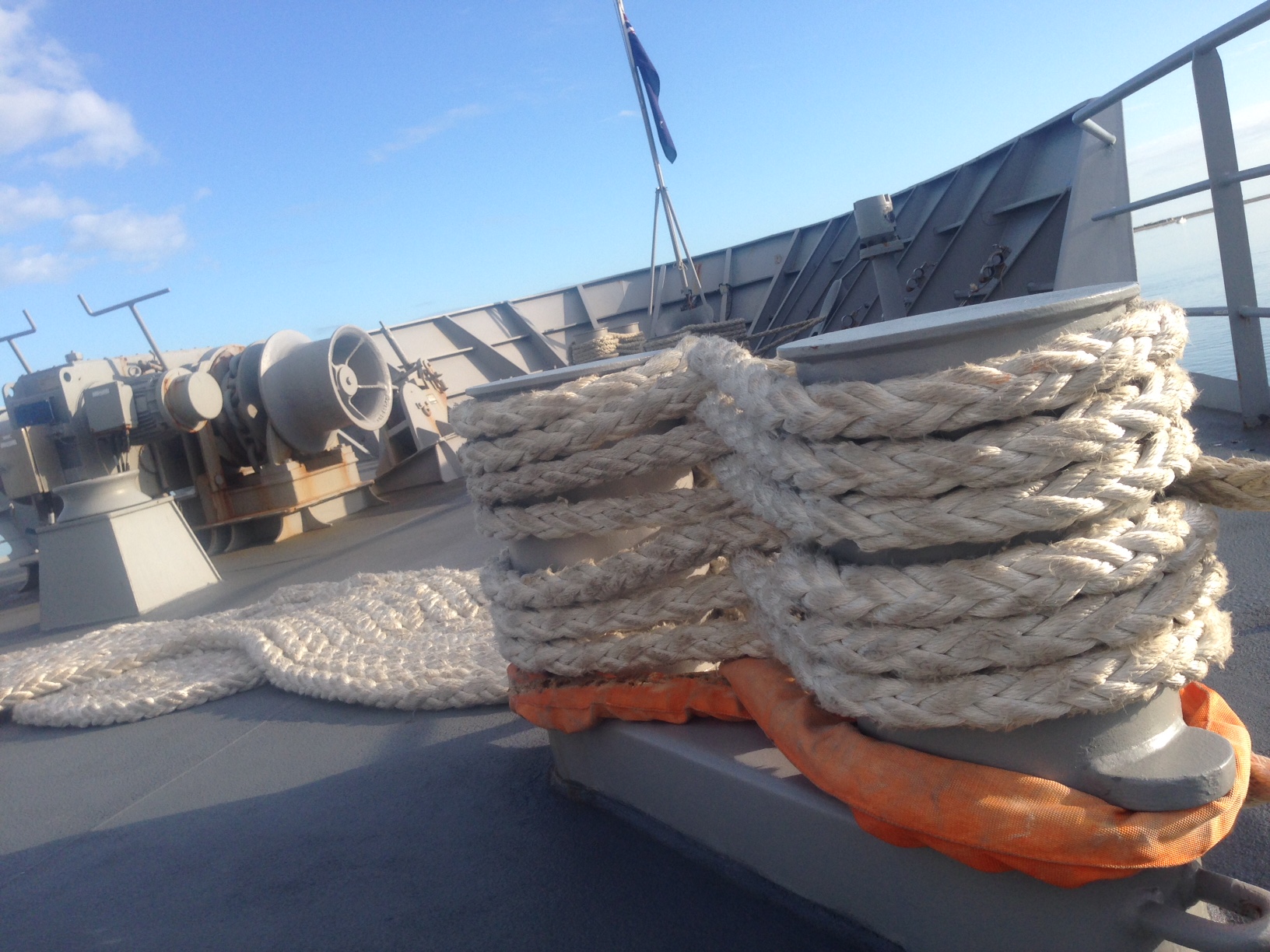Seven Steps to Safer Navigation Under Sail!
/Sailing
navigation begins with the process of interpretation of what you see and how
that will affect your small sailboat and her crew now and in the future.
Keep sailing safer when you make most of your navigation preparations dockside
before you cast off that first line.
Follow these seven simple sailing tips to keep your small sailboat and her crew
in safe water this season. Grab a set of colored pencils or highlighters and
mark or highlight your chart for safer, easier navigation this sailing season.
1. Mark Shoals and Set the Alarm!
Use a dark blue pencil to mark any shoal within one to two miles of your sailing tracks. Set your depth sounder alarm to trigger when you sail within a mile or so of any of these shoals. This will give you more time to change course toward deeper water for sailing safety.
2. Look for Ranges (Transits) for "Bulls-eye" Navigation.
Use ranges (also called "transits")--two objects that line up with one another--to keep in the center of a channel. Look on your nautical chart and see if you can find two charted objects that line up with the channel. Ranges (transits) make sailing easier and safer no matter where you sail!
3. Draw in Danger Bearings to Boost Safety.
Use your magenta or crimson colored pencil to mark wrecks that you will pass
close to as you sail along your sailing track. Realize that wrecks can
shift position after storms or in strong currents. So, that charted position
may or may not be accurate on an older uncorrected chart. Keep a safe distance
away to avoid damage to hull, keel, rudder, propeller or propeller shaft.
4. Circle Emergency Anchorages to Stand Out.
Use green colored pencil to draw an anchor symbol surrounded by a circle, marking emergency anchorages. If you lose engine power in a narrow channel or you need to "pull off the road" when sailing along the coast, an emergency anchorage that's already marked and highlighted provides a super fast sailing solution day or night.
5. Darken the Lat/Long Scales for Faster Plotting.
Do you find the Latitude and Longitude scales difficult to read in low light conditions? Use a fine tip laundry marking pen (waterproof) to darken the scales on the right, left, top, and bottom of your nautical chart. Now those scales will stand out to make plotting and orientation faster and easier!
6. Make a Customized Distance Scale.
Make your own distance scales for each chart. Draw a vertical or horizontal line and mark off miles and tenths. Use your laundry marker to make it stand out. Tape over the scale to protect it. Now you have an easy to use, easy to find scale that will make plotting faster and easier.
7. Form a "Box of Protection" Around Sailing
Courses.
Imagine that your sailing track lies inside a four sided rectangular shaped
structure. Each side lies about two to three miles away from any point of the
sailing track. Now, scan out to that distance from each side of this virtual
"box of safety". Do you see any rocks, wrecks, obstructions? How
about notes that tell you of tide rips, breakers, or rip currents?
Highlight any features that will help keep your small sailboat and sailing crew
safe and sound.
Warm Regards,
Captain John
Author of "Seamanship Secrets"
Website: http://SkipperTips.com
"Be the Skipper You Want to Be!"


